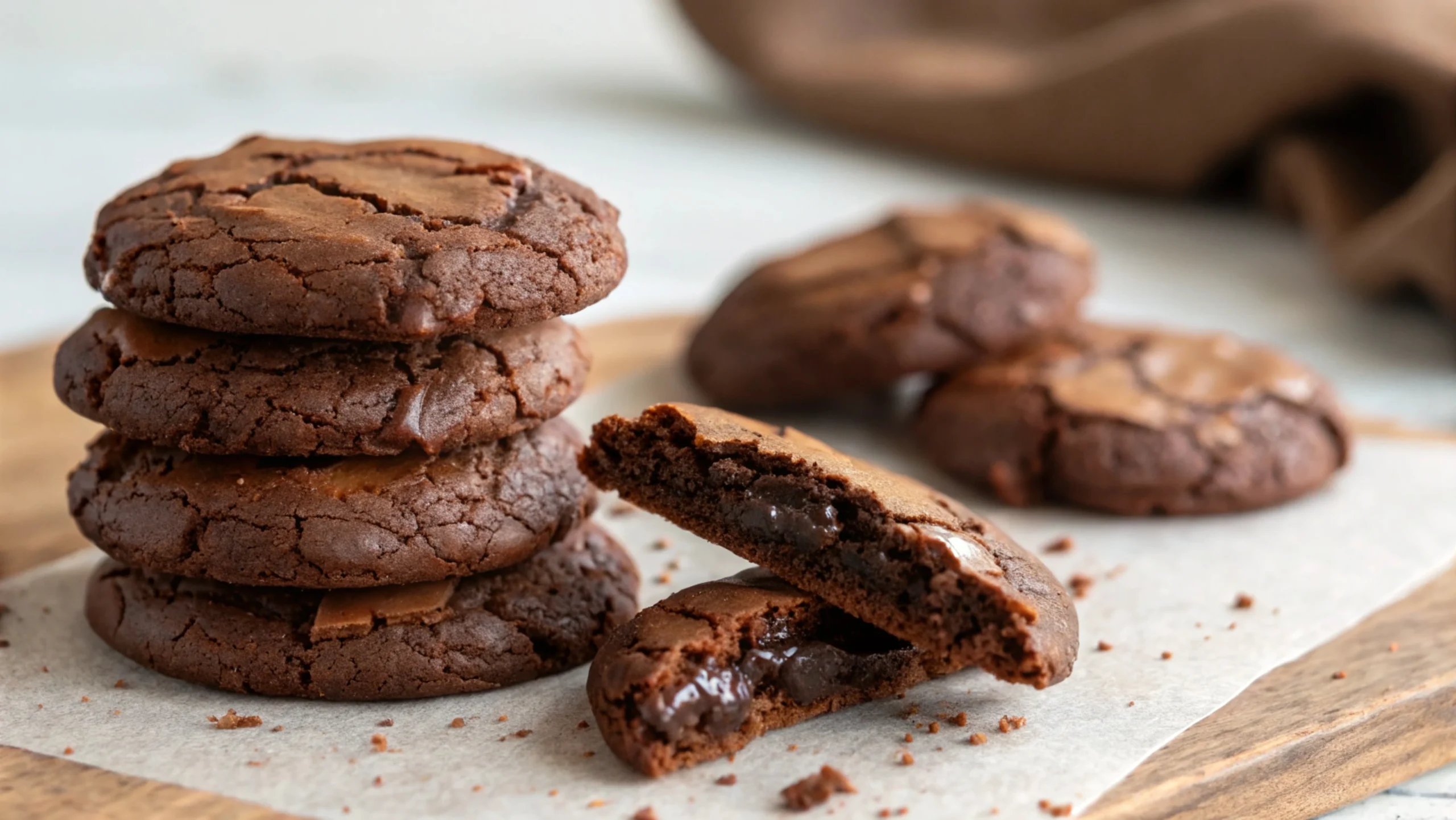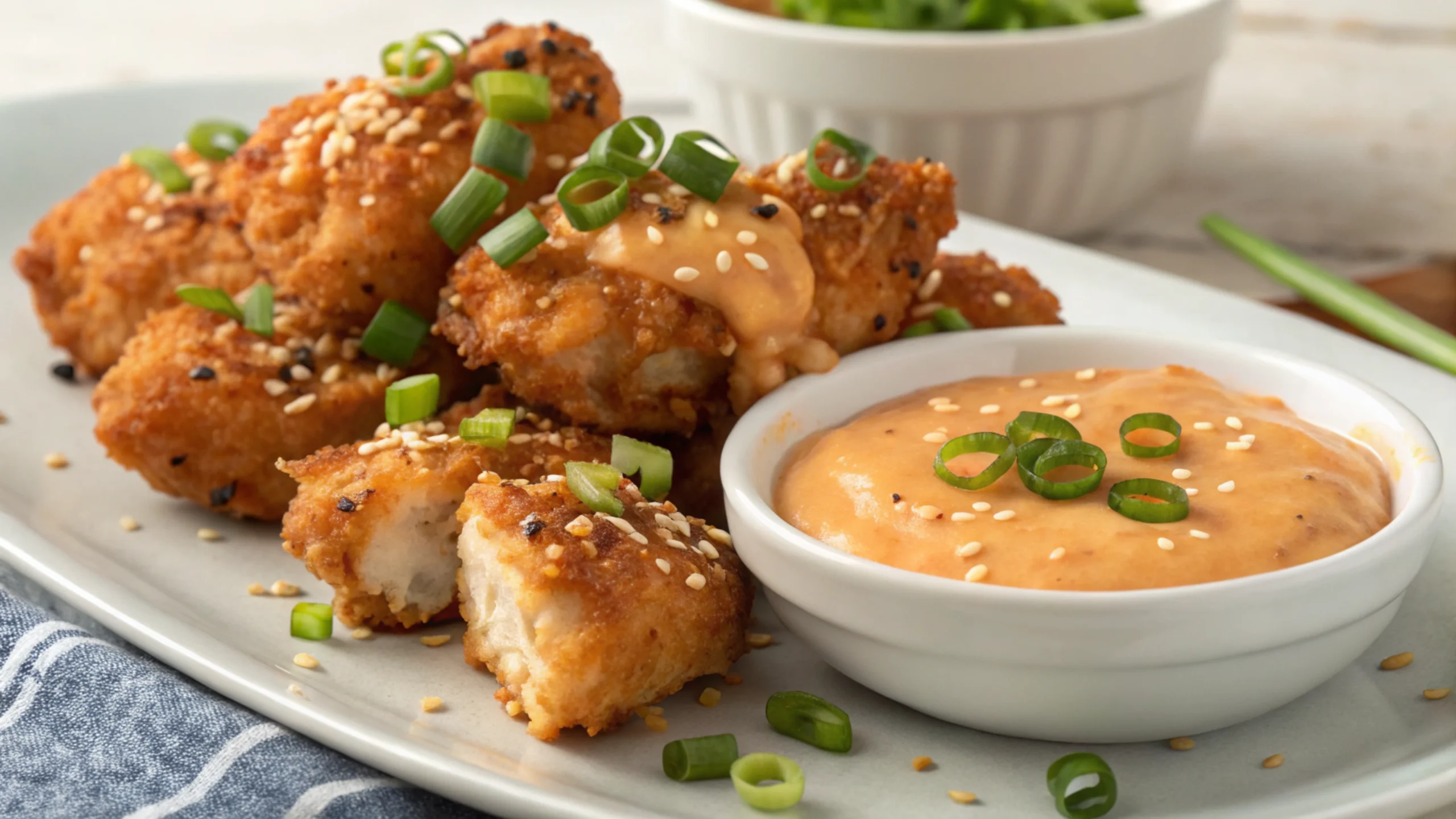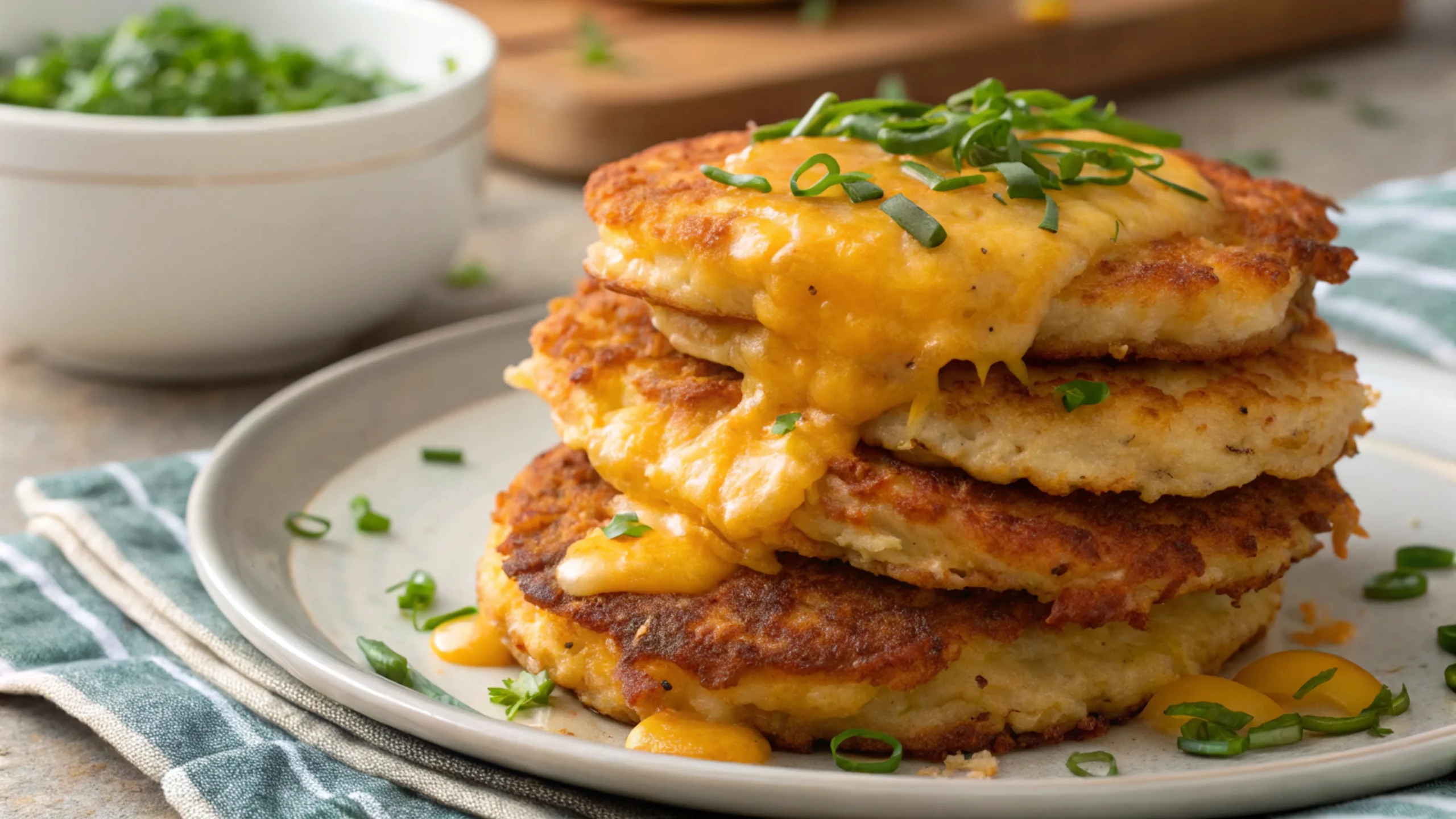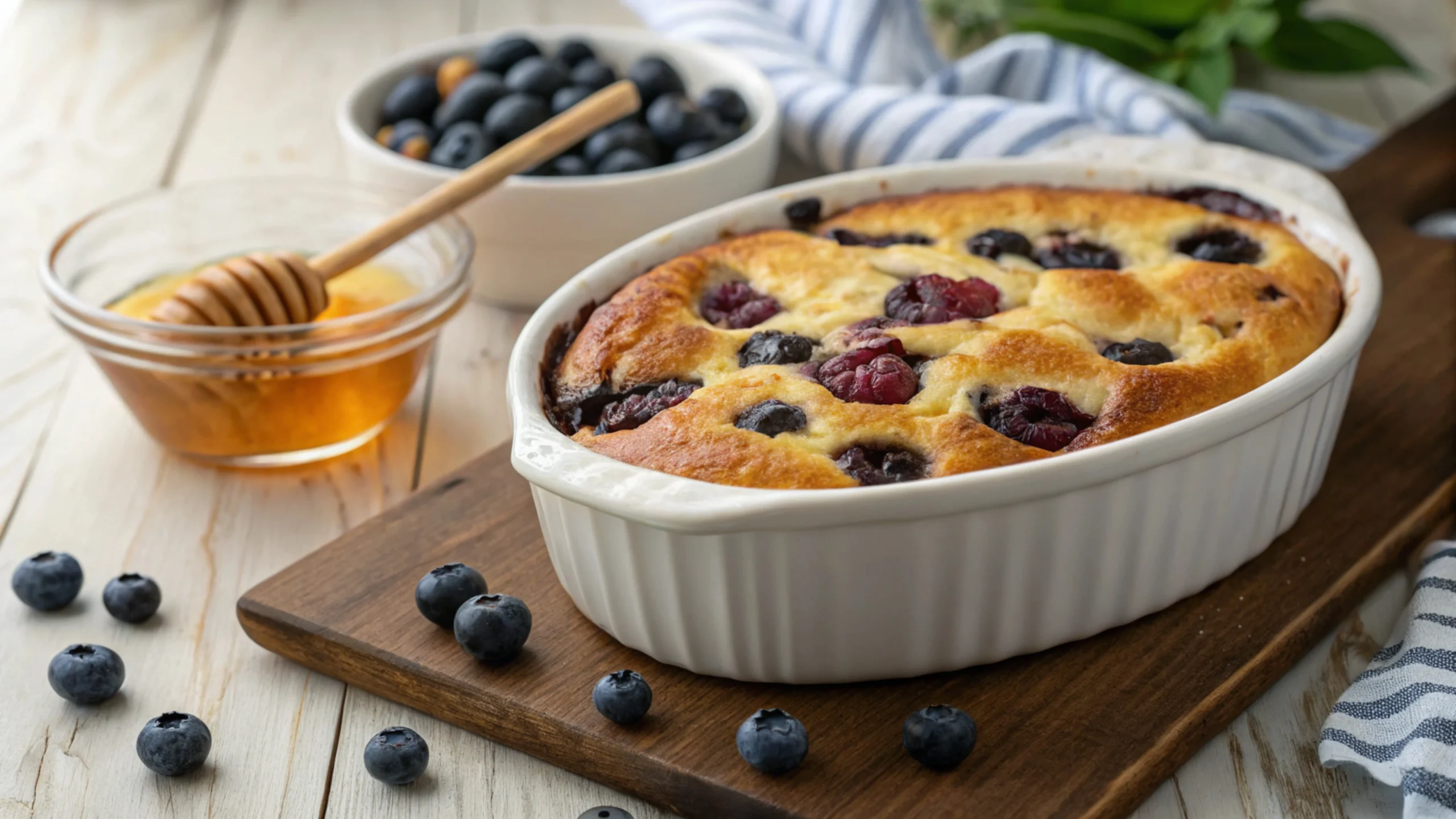Introduction
What is crème brûlée? Crème brûlée, also known as “burnt cream,” masterfully blends simplicity and sophistication into a timeless dessert. What is crème brûlée made of? This classic recipe, rooted in European culinary tradition, has earned global recognition for its rich taste and silky texture. Its smooth custard base and caramelized sugar topping create a perfect harmony of creamy and crunchy.
For centuries, crème brûlée has been a symbol of indulgence on fine dining tables. By exploring what is crème brûlée, its ingredients, variations, and preparation, you’ll uncover the charm behind this beloved treat.
Table of contents
Core Ingredients of Crème Brûlée
At its core, what is crème brûlée without these simple yet essential ingredients?
- Rich Cream: The foundation of its creamy texture.
- Egg Yolks: Provide the necessary structure and richness.
- Sugar: Sweetens the custard and forms the crackable topping.
- Vanilla: Enhances the overall flavor profile.
These basic elements combine to produce a dessert beloved for its elegant simplicity. While chefs may add twists like citrus zest or liqueurs, the traditional recipe remains a timeless favorite.
By understanding these components, you can better appreciate what is crème brûlée and why it’s adored worldwide.

Variations of Crème Brûlée
Have you ever wondered what is crème brûlée like with a twist? While the traditional version is cherished, chefs worldwide have reimagined it with creative flavors:
- Chocolate Crème Brûlée: Enhanced with rich chocolate.
- Fruity Variants: Infused with raspberry, lemon, or mango.
- Espresso Crème Brûlée: A treat for coffee lovers.
- Spiced: Featuring cinnamon, nutmeg, or cardamom for a warm twist.
Each variation showcases the core of what is crème brûlée, blending creamy custard with caramelized topping.
Step-by-Step Guide to Make Crème Brûlée
What is crème brûlée, and how do you make it at home? Follow these steps:
Preparing the Custard
- Whisk egg yolks and granulated sugar until smooth and pale.
- Slowly mix in warmed heavy cream to avoid scrambling the yolks.
- Add vanilla extract for a flavorful touch.
Baking the Custard
- Pour the mixture into ramekins.
- Place ramekins in a baking dish and add hot water until halfway up their sides.
- Bake at 325°F (160°C) until the custard sets but remains slightly jiggly.
Caramelizing the Sugar
- Chill the custard for at least two hours.
- Sprinkle a thin sugar layer over the surface.
- Use a kitchen torch or broiler to melt the sugar, creating a caramelized crust.
The result is a dessert that perfectly balances creamy and crunchy textures, offering a taste of indulgence in every bite.
Nutritional Insights
While is a decadent treat, here’s what to expect:
- Calories: Around 250–300 per serving.
- Fats: High, due to the cream and egg yolks.
- Protein: Thanks to the eggs.
- Carbs: Mostly from sugar.
For lighter alternatives, some recipes use milk or sugar substitutes, though these can slightly alter the texture.
Common Questions About Crème Brûlée
- What is crème brûlée mostly made of? The dessert primarily includes heavy cream, sugar, egg yolks, and vanilla.
- Can it be made dairy-free? Yes, alternatives like coconut or almond milk can replace heavy cream, though the texture may change.
- Why is my custard runny? Overmixing or underbaking often causes this issue. Bake until the center is just set.
- Do I need a torch for the topping? While a torch works best, a broiler can achieve similar results.
Serving Crème Brûlée
Crème brûlée’s presentation elevates its appeal. Typically served in ramekins, the dessert allows each guest to crack their own caramelized crust.
- Garnishes: Fresh berries, mint leaves, or powdered sugar enhance the visual appeal.
- Pairings: Serve with coffee, dessert wines, or sparkling water for a complementary experience.
These elements transform the dessert into a memorable culinary highlight.
Learn about choosing the best cream for crème brûlée to ensure a flawless texture.
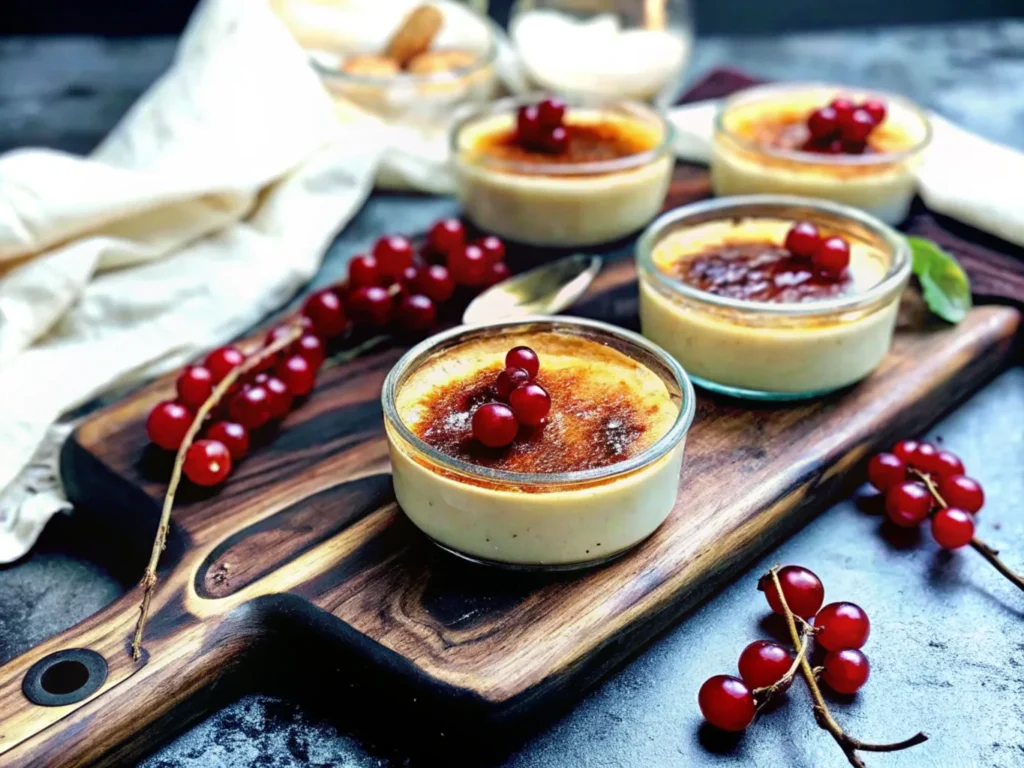
Crème Brûlée in Popular Culture
Crème brûlée holds a special place in popular culture, often featured in films and romantic dinners. Its luxurious nature inspires admiration and curiosity, frequently prompting the question. Its charm lies in its balance of simplicity and sophistication.
Elevate your baking with insights into The Best Cream for Crème Brûlée
FAQs
Is crème brûlée basically custard?
Yes, essentially works as a custard dessert. It combines egg yolks, cream, and sugar, which bake together to create its smooth texture. The caramelized sugar topping distinguishes it from other custards by adding a delightful crunch.
What makes crème brûlée special?
If you’re still wondering what is crème brûlée, its silky custard base contrasts beautifully with the brittle caramelized sugar crust. Luxurious vanilla flavor and the dessert’s ability to incorporate various infusions further enhance its charm.
Is crème brûlée just sugar?
No, recipe contains much more than sugar. The dessert relies on heavy cream, egg yolks, and sugar to form a creamy custard base. The caramelized sugar crust simply adds texture and a hint of burnt sweetness.
Is crème brûlée Italian or French?
Culinary experts and historians consider this recipe a French creation. The name, which means “burnt cream,” originates from France. Although Italy has a similar dessert called crema catalana, French chefs popularized the version we recognize today.
What is the English name for crème brûlée?
Understanding what is crème brûlée this name describes the torched sugar layer that creates the dessert’s signature crackable crust.
What is the secret of crème brûlée?
The secret its creamy base with the crunchy topping. You can achieve this by:
Managing the temperature: Prevent overheating to maintain a smooth texture.
Caramelizing the sugar evenly: Use a torch or broiler to achieve a golden crust without burning.
Chilling the custard properly: Ensure the base stays cold while the sugar layer remains warm.
Perfecting these techniques will consistently deliver a delectable result.
Conclusion
Crème brûlée perfectly balances creamy and crunchy textures, making it a beloved dessert worldwide. By understanding its ingredients, trying variations, and mastering its preparation, you can enjoy this timeless treat at home or in fine dining settings. Its charm lies in its simplicity, elegance, and versatility, ensuring its place as a culinary classic for generations to come.



